Instructor: Marcela
Partner: Alison
For this recitation we wanted to explore the Infrared Distance Sensor as well as the Vibration Sensor.
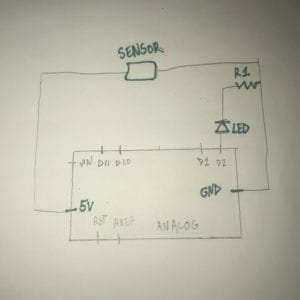
Infrared Distance Sensor
We started by taking the needed materials out of our new boxes, this included: jumper cables, the Breadboard, the Arduino, an LED. We connected the circuit, and began to write our code. We had set the parameters of 5 cm, this meant that once the sensor detected at the range >5cm, the LED would turn on. As we prototyped, we developed some interesting ideas how this could work practically. For example, our prototype could be implemented as a light for the key hole. Once the key is close enough to the keyhole, the led would light the keyhole for easier access. Maybe that is just something I struggle with in the dark, but it was fun to think about the usage of our creation.

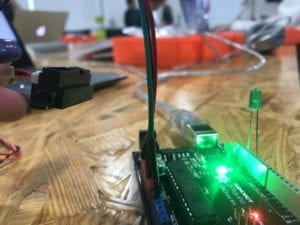
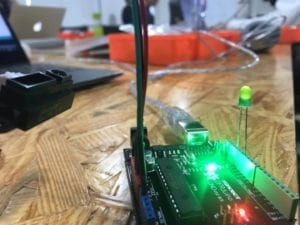

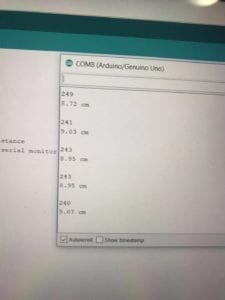
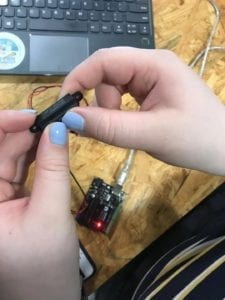
Vibration Sensor
As we finished the first circuit, we also really wanted to test the Vibration Sensor. The piezo disk sensed pressure, and we instructed the Arduino code to activate the LED once it get the input from the sensor. As we had created the first complete and working circuit, this task was more simple to follow.
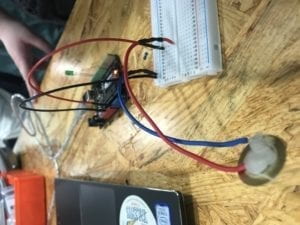
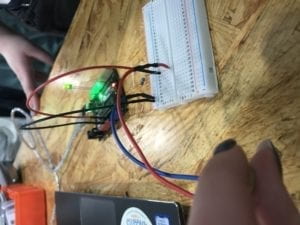
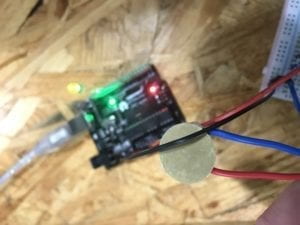
Questions
Q1 (part 1 under Infrared Distance Sensor), as for the Vibration Sensor: I once again am thinking of safety precessions. Say the door handle would have such a sensor implemented in it – it would just be able to provide light the moment you enter a room, but it would also warn you if someone else is. I reference the living situation, because as a student living at dorm, I know privacy is greatly appreciated, so when I was developing the circuits I kept referring back to how great it would be to have such utilities accessible when I consider my future living situation.
Q2 Code is often compared to a recipe or instructions because it provides the knowledge for the technology to execute the directions. I am really glad I am able to start understanding digital communication, through code, as I notice these coding techniques are helping me consider my own life in an orderly fashion. It must be so precise, and a single error might end the operation – it allowed me to prioritise not only my tasks, but also make lists of values and how they relate to the ‘environment’ I am in.
Q3 I am currently in Interactive Machine Learning, and I would actually like to develop this question from the knowledge I gained in that course. So after I began learning the basics of communicating with technology, I realised that human behaviour patterns and the models we program – at its core had the same logistics. (I was thinking how imageClassification() and impressions of people before you actually know them relate). So when we consider how the computer influences human behaviour, we have to remember that we built the computing system based on our perception. The technology is an extension tool of a human, to help and aid us for efficiency and convenience. The world today very heavily relies on technology for any and all global affairs. Also just as I described above, understanding how code works, for me personally, allowed me to lay out my thoughts (also this wasn’t conscious, I just noticed how subliminally I was subcategorising tasks, and how they branched out, some related, others proceeding independently).